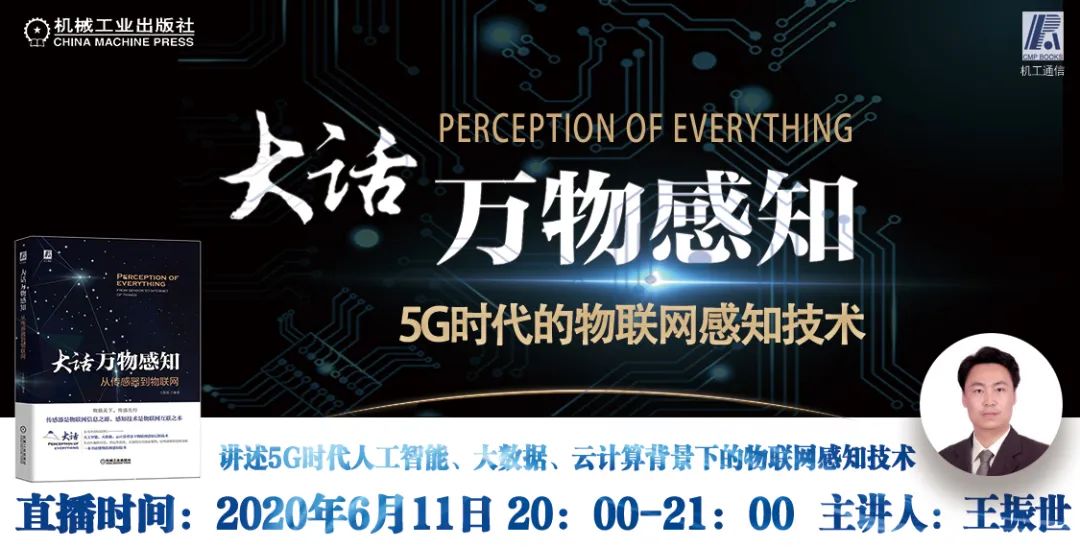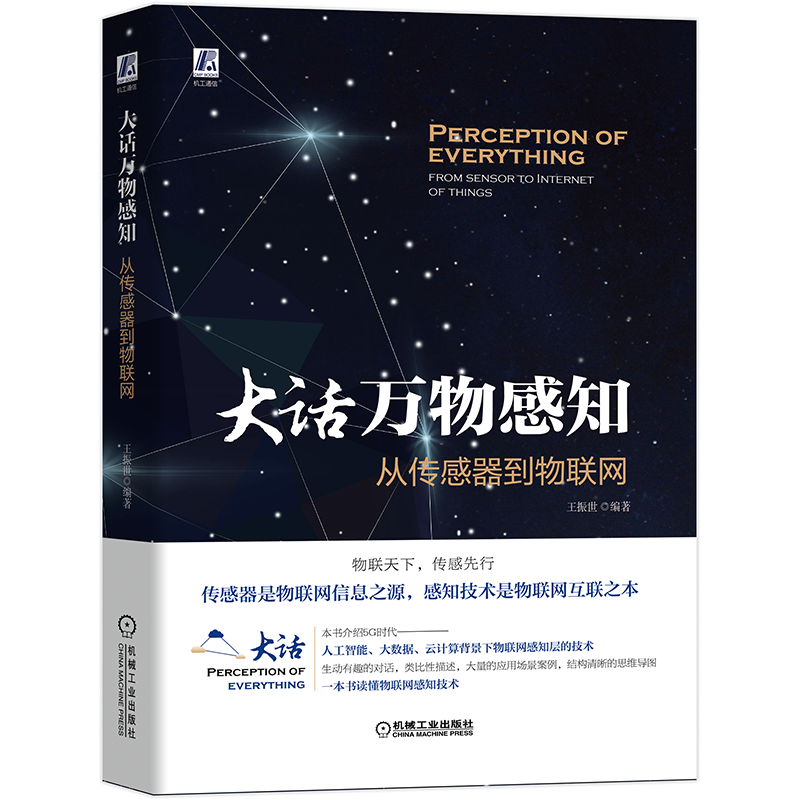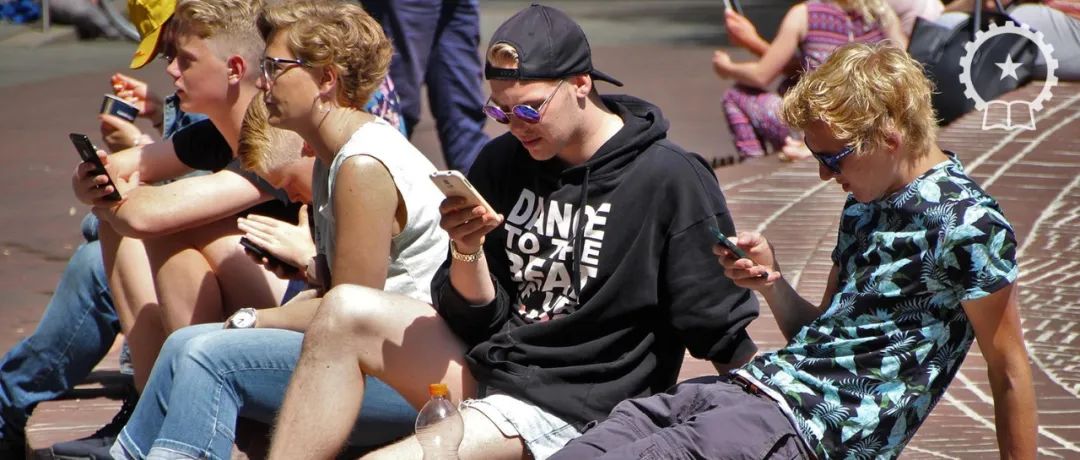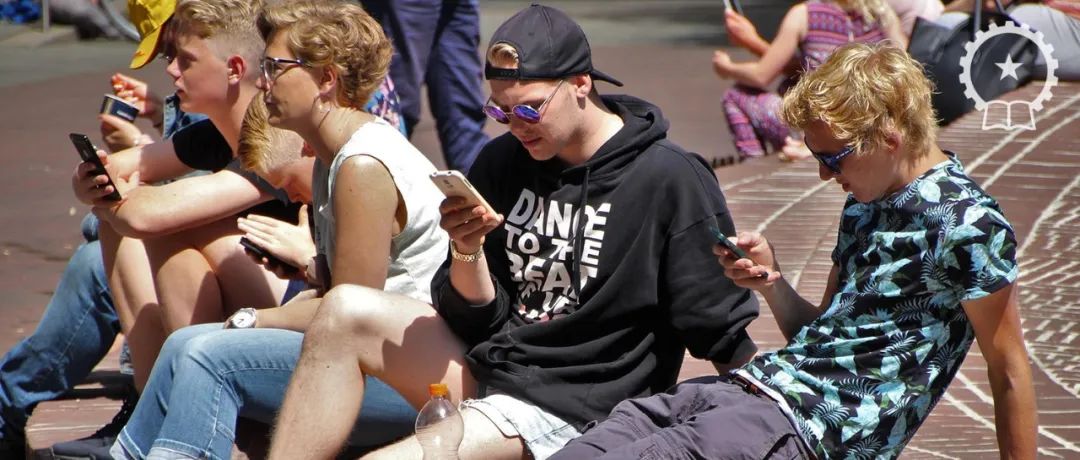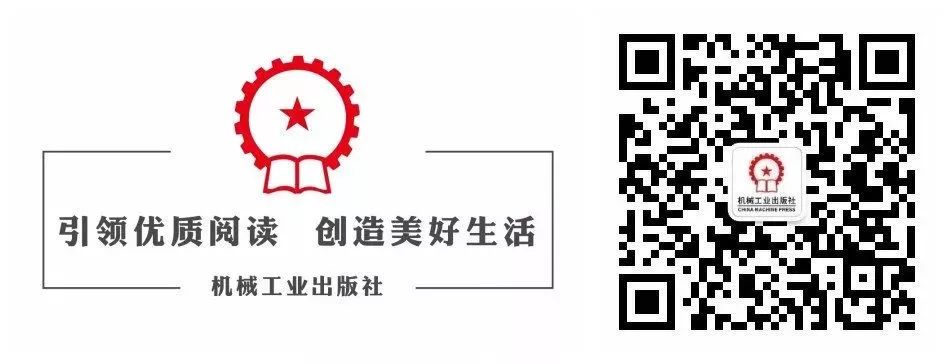Introduction:Zhuangzi said: “Heaven and earth are born with me, and all things are one with me.”
Zhuangzi treats heaven, earth, and all things equally, breaking the shackles of “human-centered” thinking. If the Internet is built around “human needs,” then the Internet of Things (IoT) truly realizes the parallel connection between humans and all things, enabling communication between humans and things, and between things and things.The ultimate goal of the IoT is to connect the world and empower all things.
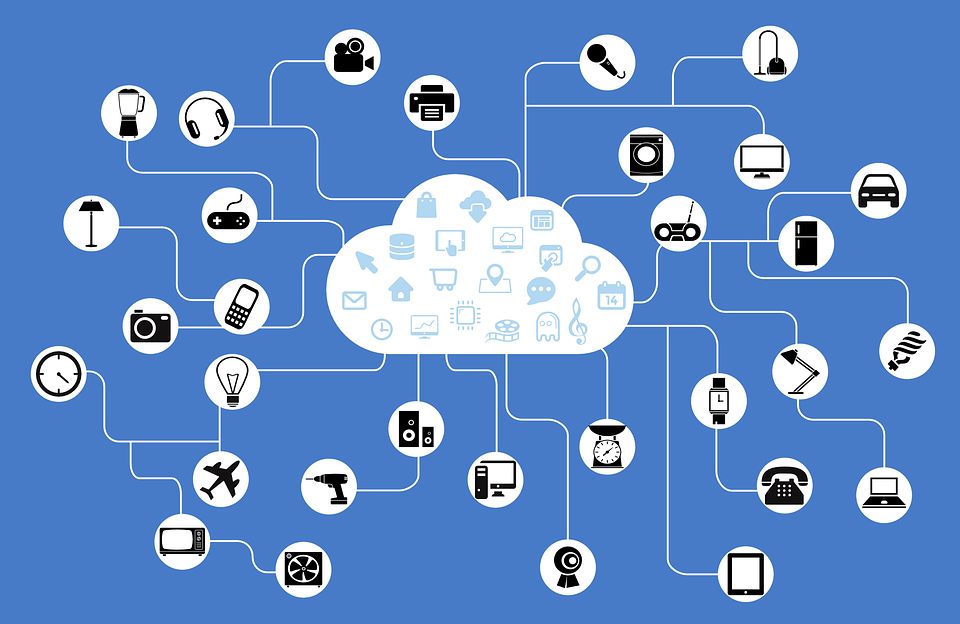
1

2
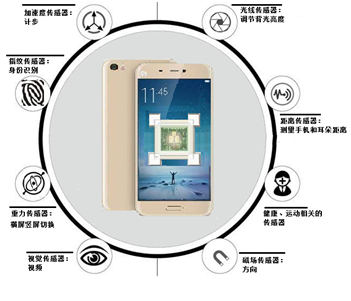

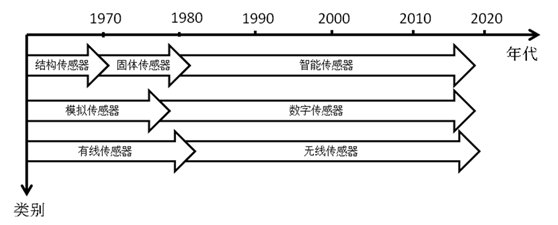
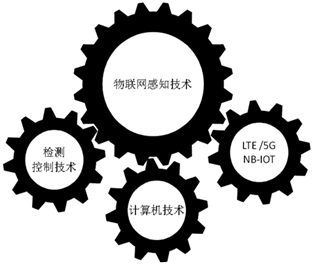
3
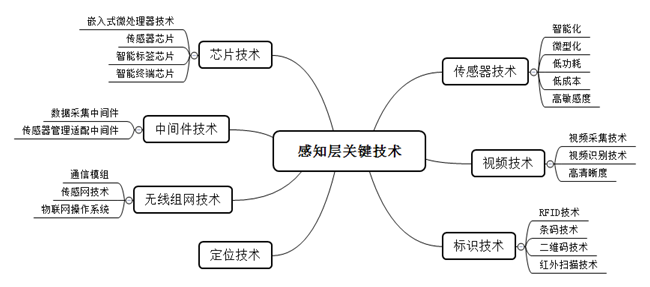
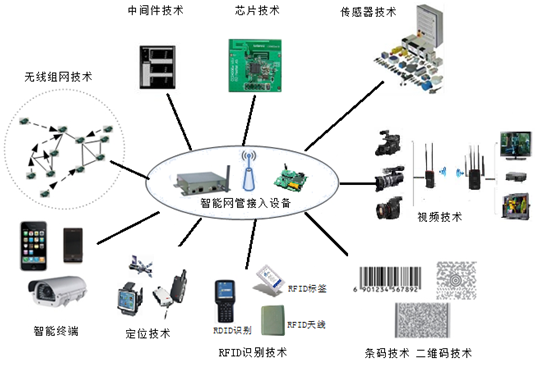
4
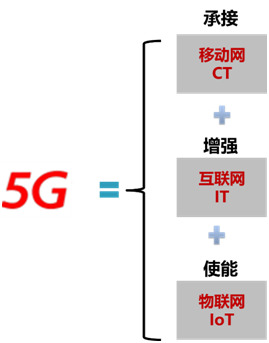


5
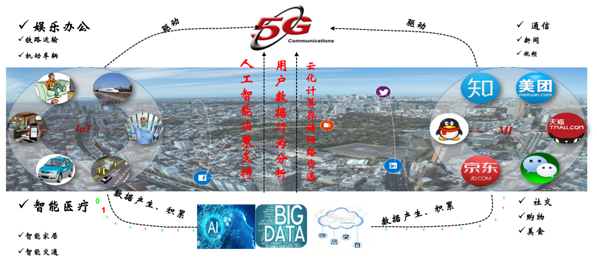
6
